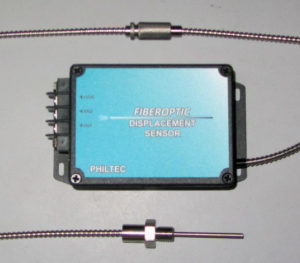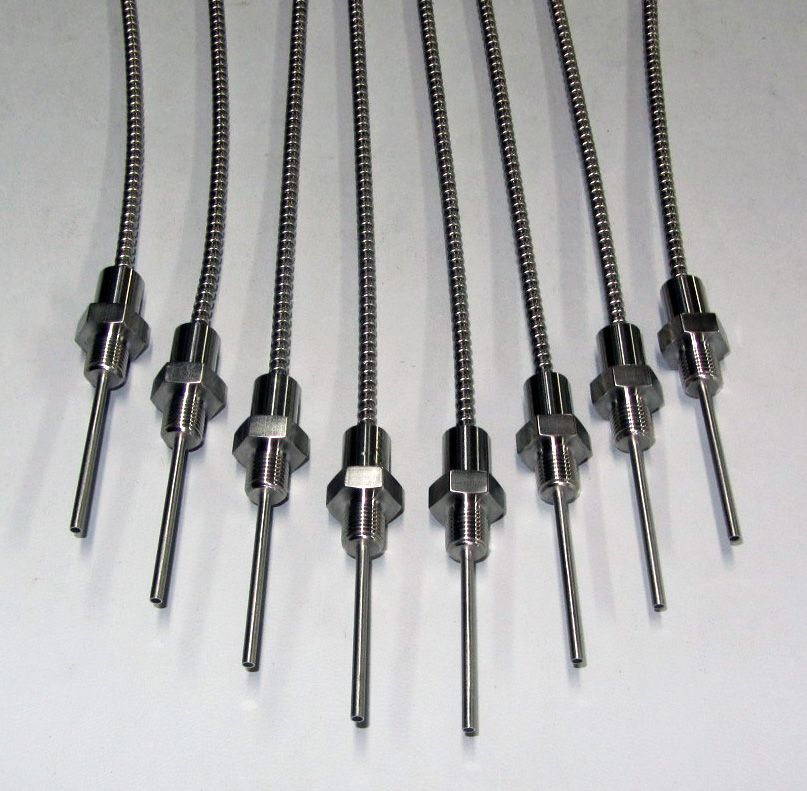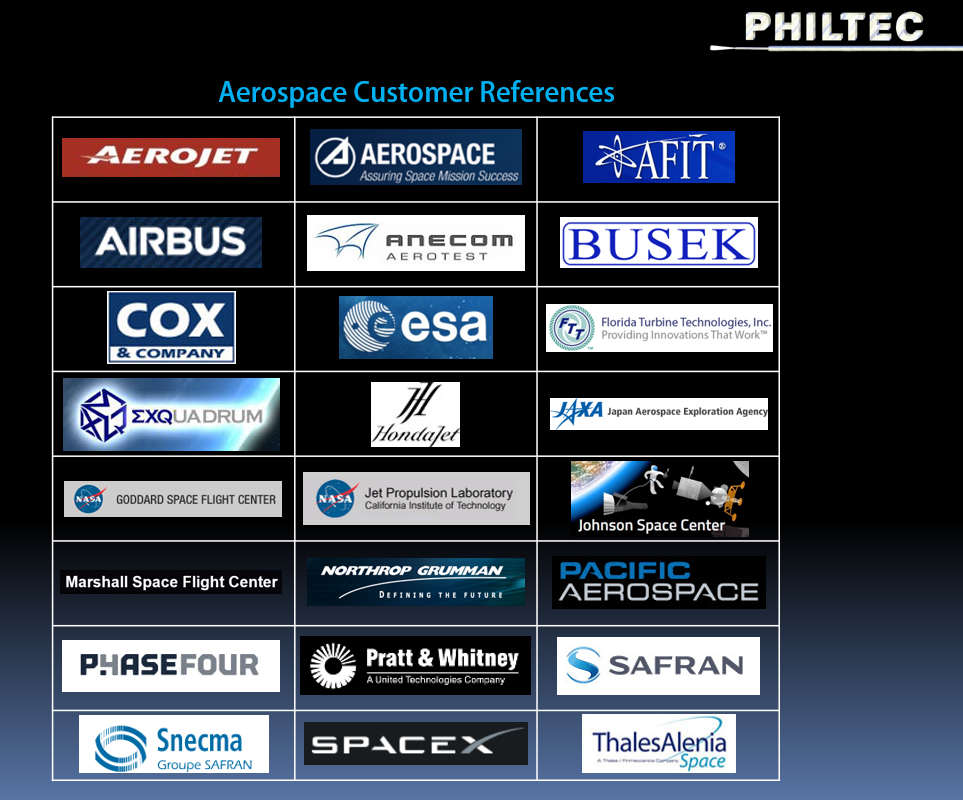Philtec builds custom displacement sensor systems to meet application requirements, which often include extreme environments. This month we delivered 8 sensors having 200 KHz bandwidth (sensor speed). The probe tips are threaded and connectorized so they may be separated from the sensor electronics.



